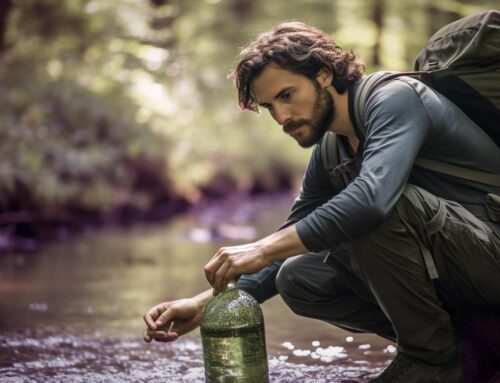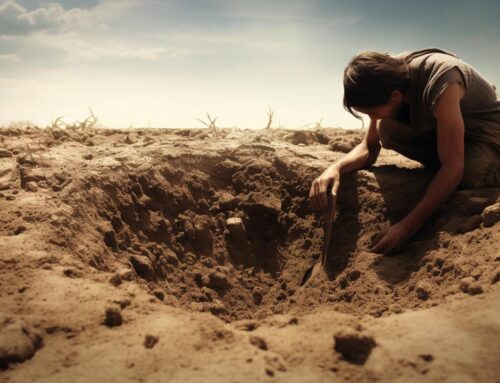Water is the essence of life. When venturing into the wild, whether for a short hike or an extended camping trip, access to clean and potable water is paramount. The wilderness, while beautiful and serene, can be unpredictable. Streams that appear crystal clear might be teeming with pathogens, and rainfall, though refreshing, might carry contaminants. This article aims to provide adventurers with a comprehensive guide on purifying water in the wild. By the end of this read, you’ll be equipped with knowledge on various water purification methods, their pros and cons, and the importance of always ensuring you consume safe water.
Purifying Water when in the Wild
Table of Contents
Why Purify Water?
Water in the wild, despite its pristine appearance, can contain harmful microorganisms like bacteria, viruses, and protozoa. Consuming untreated water can lead to waterborne diseases such as cholera, giardiasis, and dysentery. According to the World Health Organization, waterborne diseases are responsible for the deaths of more than 2 million people annually. Therefore, purifying water is not just a matter of taste or preference; it’s a matter of health and safety.
Methods of Water Purification
Boiling
Boiling is one of the oldest and most reliable methods of water purification. By bringing water to a rolling boil for at least one minute, you can kill most pathogens. At altitudes above 2,000 meters, boil for at least three minutes.
Pros: No special equipment needed. Cons: Requires a heat source and can be time-consuming.
Water Purification Tablets
These tablets, usually containing iodine or chlorine, are added to water to kill bacteria and viruses. They’re lightweight and easy to carry.
Pros: Portable and easy to use. Cons: Can leave an aftertaste and may not kill all types of pathogens.
Filter Systems
Portable water filters can remove bacteria, protozoa, and sometimes viruses. They work by physically straining out pathogens.
Pros: Effective against most pathogens and improves taste. Cons: Can be expensive and require maintenance.
UV Light
Ultraviolet (UV) light can kill bacteria, viruses, and protozoa. Portable UV purifiers are available for hikers and campers.
Pros: Quick and effective. Cons: Requires batteries and might not work in turbid water.
Natural Methods
Solar disinfection and using plants like the Moringa oleifera seeds are natural methods to purify water.
Pros: Sustainable and eco-friendly. Cons: Might not be as effective as other methods and can be time-consuming.
Frequently Asked Questions
Final Thoughts
Ensuring access to clean water is crucial when in the wild. While nature offers an abundance of water sources, it’s our responsibility to ensure that the water we consume is safe. With the various methods highlighted above, adventurers can choose the most suitable one based on their needs and circumstances. Remember, staying hydrated with purified water is not just about quenching thirst; it’s about safeguarding health.






Leave A Comment